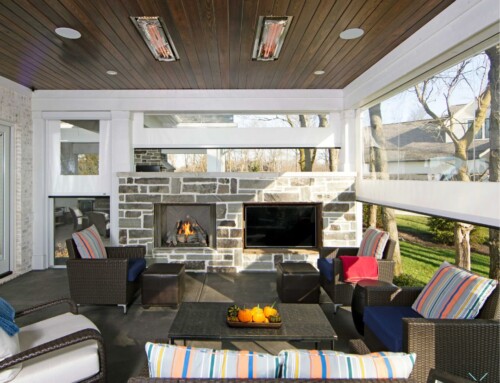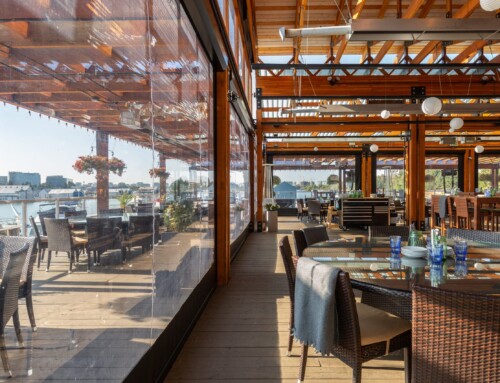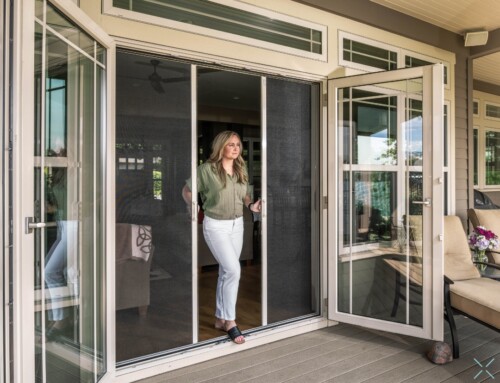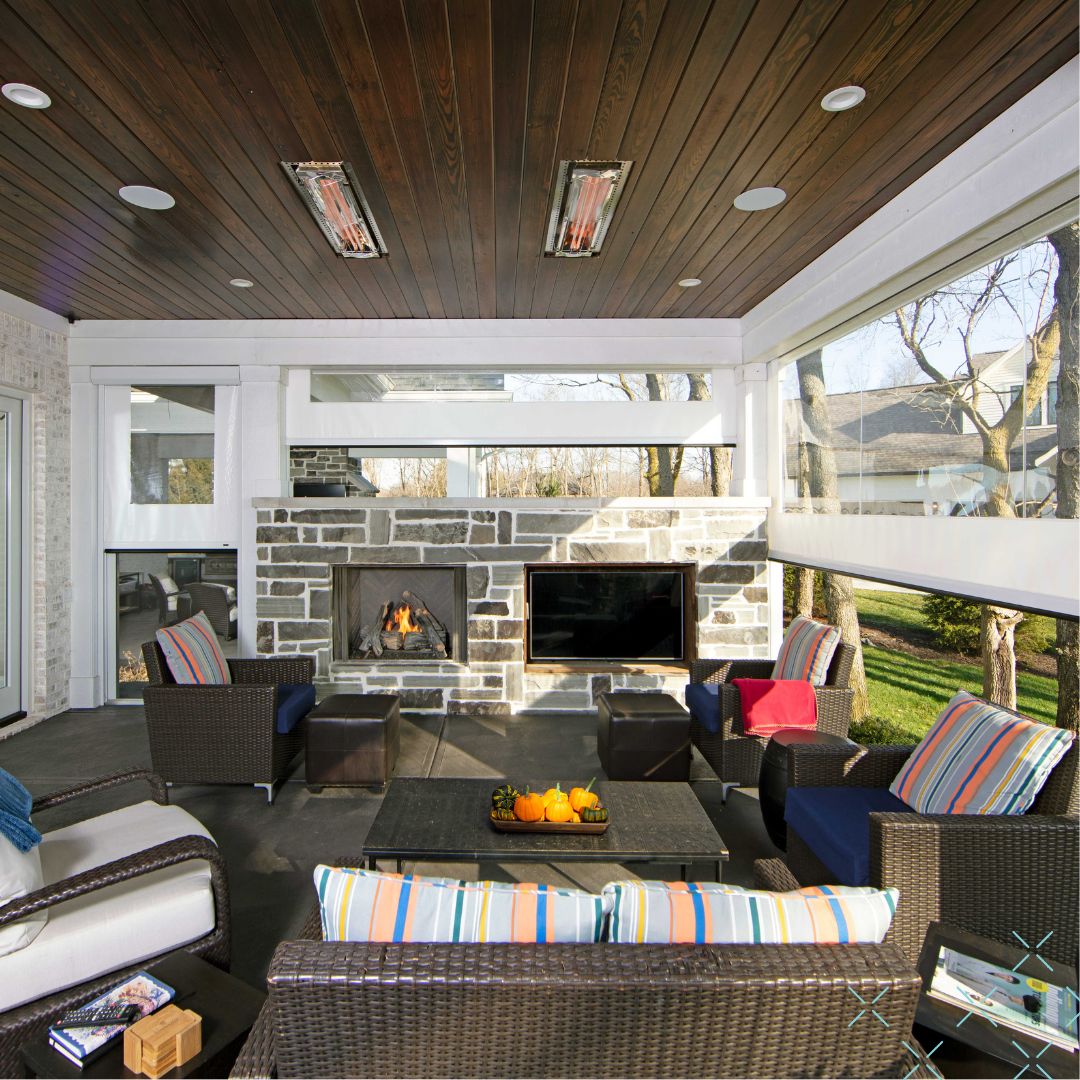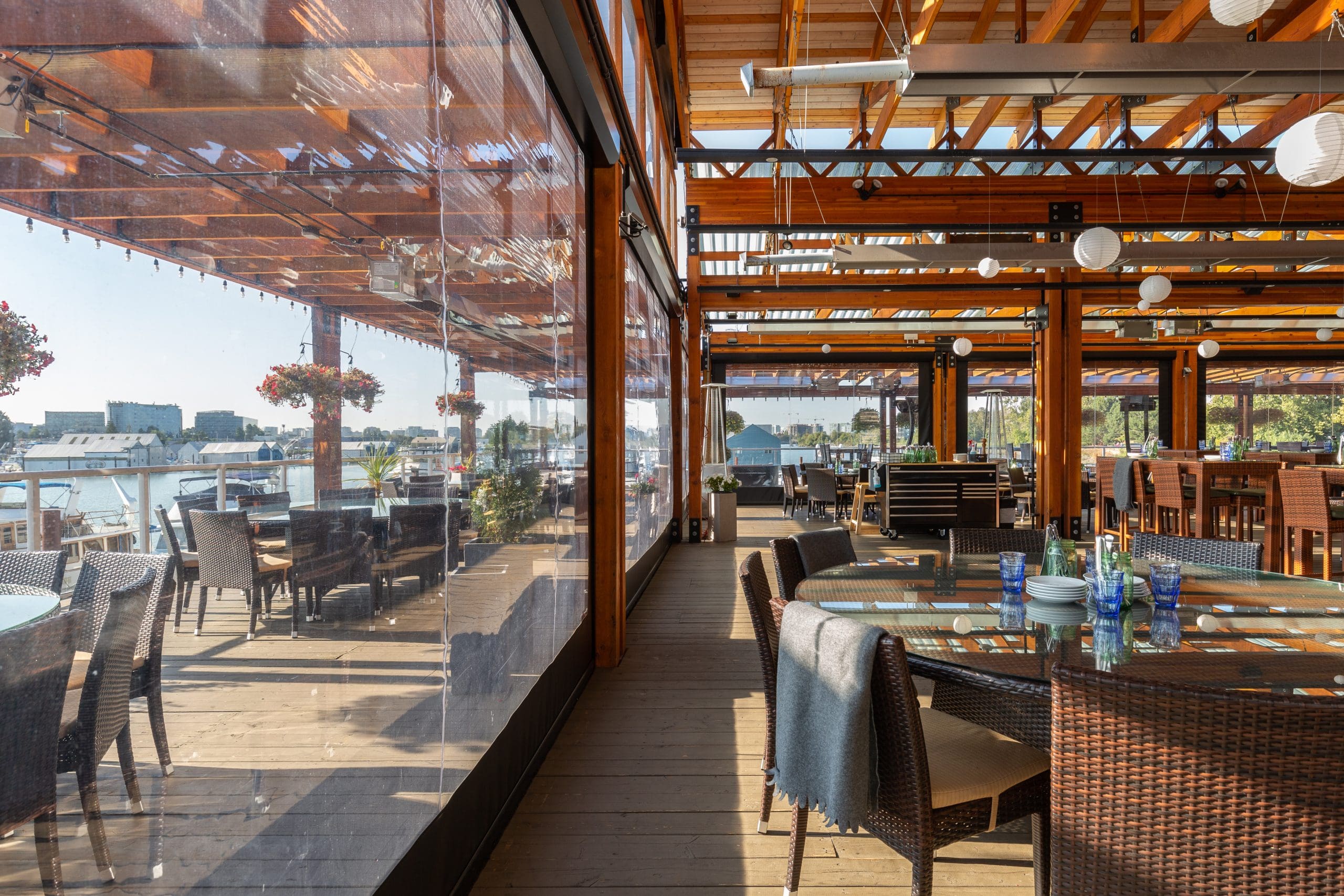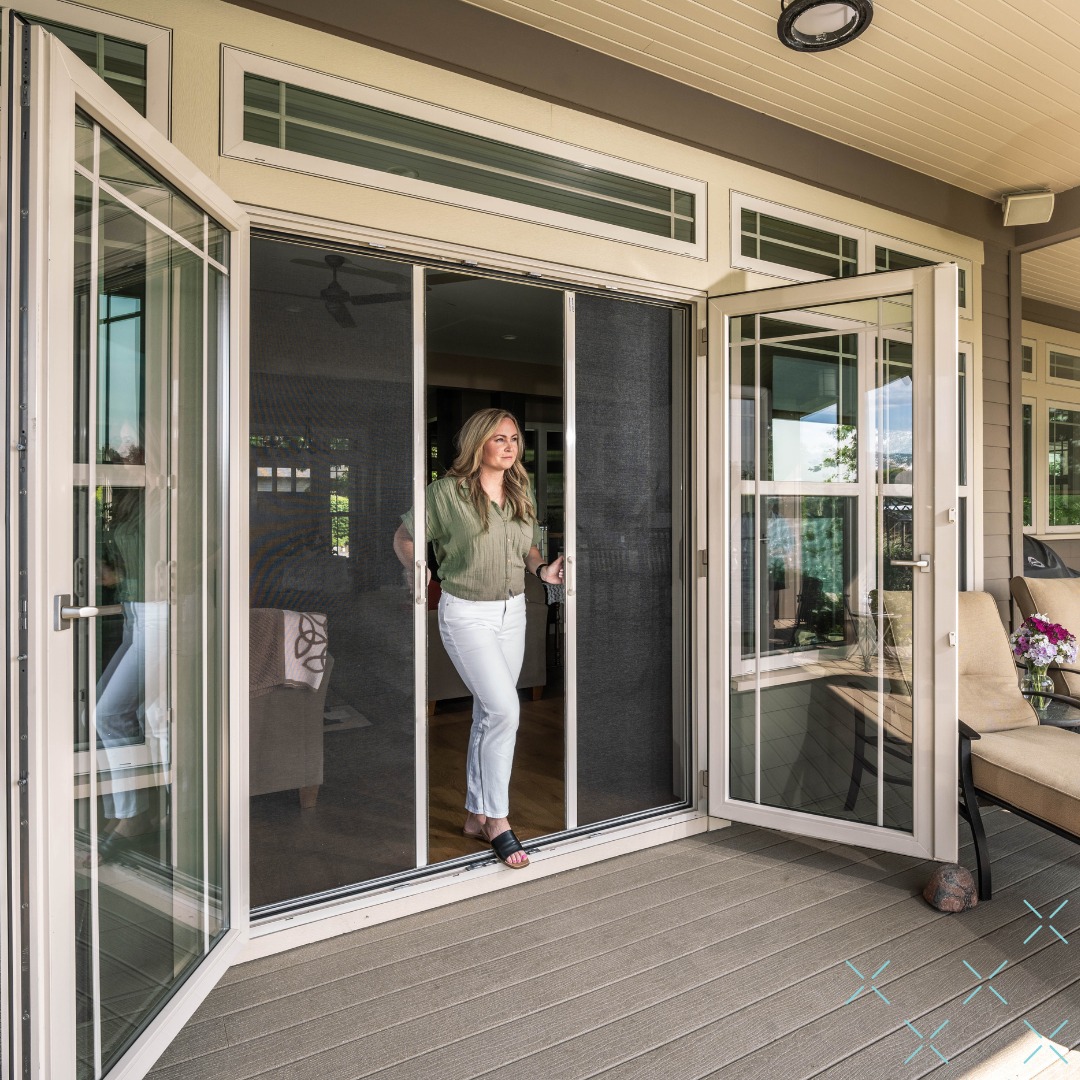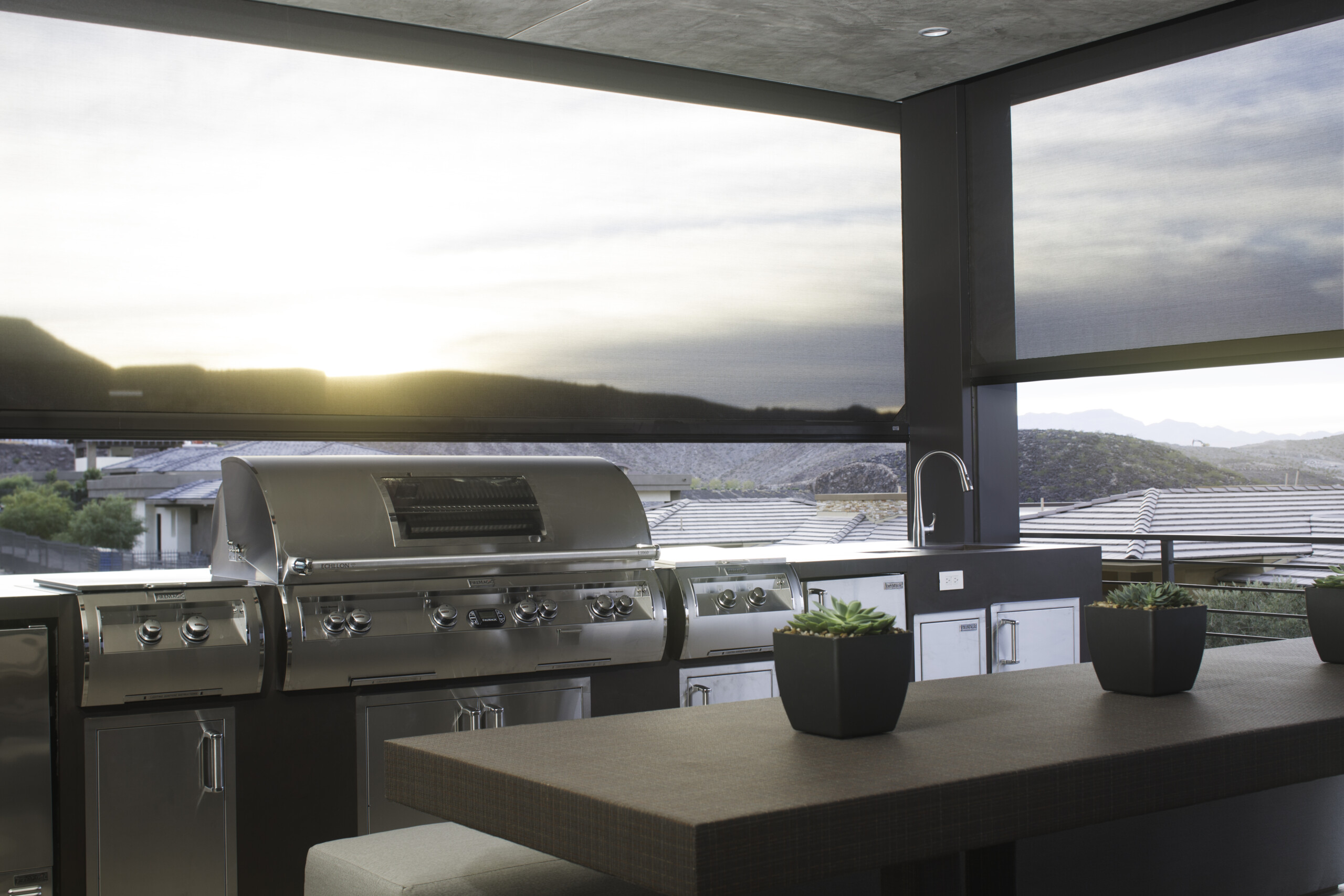Share
Share
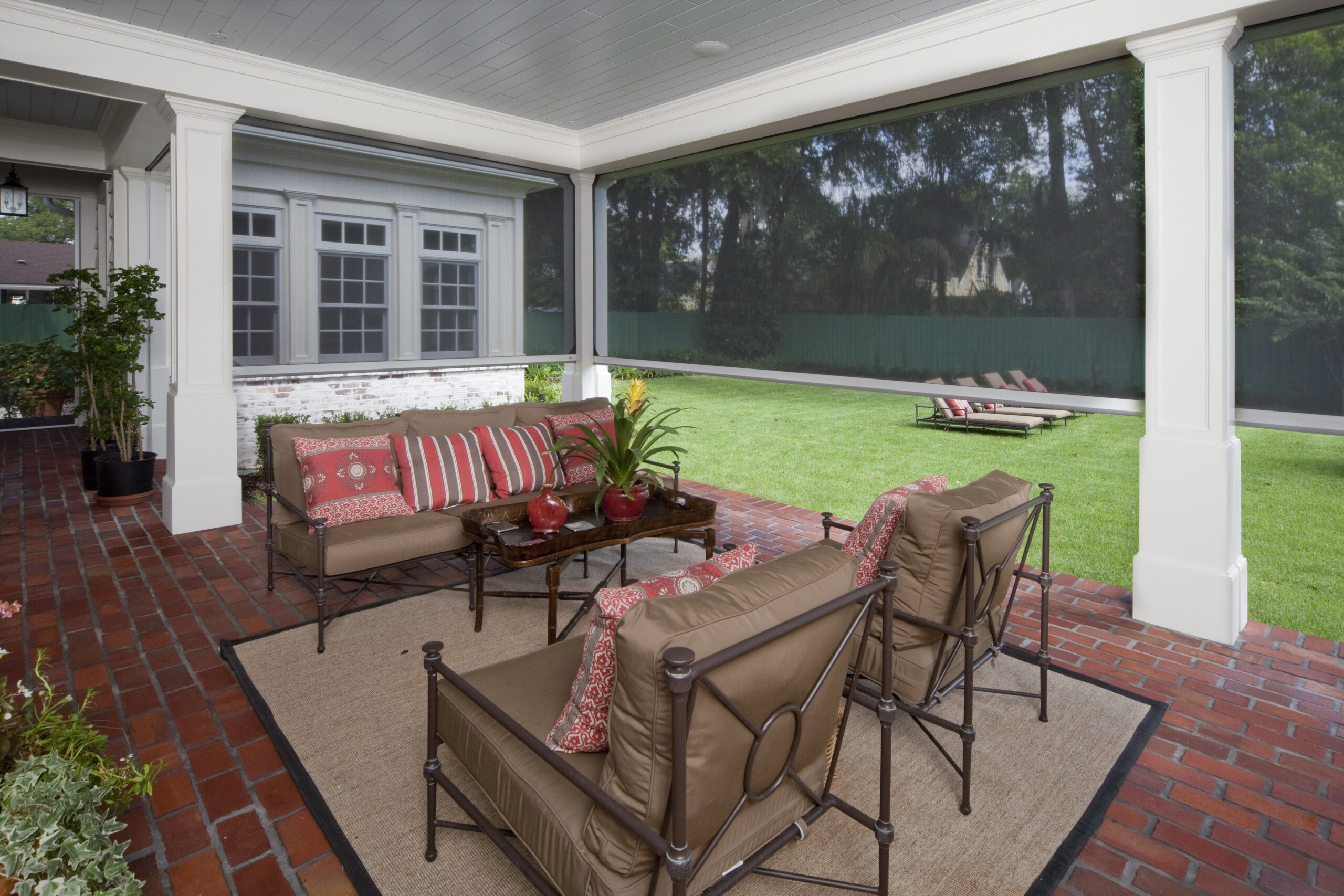
Phantom motorized screens are a versatile and elegant solution for enhancing the functionality and aesthetic appeal of various spaces, including patios, porches, and large openings in both residential and commercial settings. These screens offer the perfect blend of indoor and outdoor living by providing shade, privacy, and protection from insects without compromising on style. At Phantom Screens and More, the design process involved in installing Phantom motorized screens is meticulous, ensuring that each installation is tailored to the specific needs and preferences of the client. Here’s a detailed overview of what this process entails.
- Initial Consultation and Needs Assessment
The design process begins with an initial consultation between the client and the designer from Phantom Screens and More. During this phase, the team seeks to understand the client’s vision, functional requirements, and aesthetic preferences. Key questions are asked to determine the purpose of the motorized screens: Are they intended for shade, insect protection, privacy, or all of the above? Will the screens be used to enclose a patio, balcony, or another outdoor space? How will the space be utilized? Understanding the primary needs helps guide the rest of the design process.
Additionally, the designer assesses the existing space, taking note of any architectural elements that might influence the installation. They consider factors such as the size and shape of the openings, the amount of sunlight exposure, prevailing wind conditions, and any unique challenges the site might present. This comprehensive assessment ensures that the final design is both functional and aesthetically pleasing.
- Customization Options
One of the most significant advantages of Phantom motorized screens is the high level of customization available. During this phase of the design process, the client is presented with various options for customizing their screens. These options include:
– Fabric Choices: Clients can choose from a wide range of fabrics, each offering different levels of transparency, UV protection, and color. Some fabrics are designed to maximize privacy, while others allow for a greater connection to the outdoors by letting more light through. And some are specifically designed for pets.
– Color and Finish: The screen’s housing and components can be customized to match the existing architectural elements of the home or building. Phantom screens offer a variety of standard colors and can also be custom-matched to any specific color, ensuring a seamless integration with the structure.
– Control Options: Clients can decide how they want to control their motorized screens. Options include wall-mounted switches, handheld remotes, or integration with home automation systems and even your smartphone.
– Size and Configuration: Phantom motorized screens can be customized to fit openings of various sizes, from small windows to expansive patios. The configuration of the screens—whether they retract vertically or horizontally, whether they are single or multiple units—will depend on the specific needs of the space.
- Site Evaluation and Measurements
Once the customization options have been selected, the next step is a thorough site evaluation and precise measurements. Accurate measurements are crucial for ensuring that the screens fit perfectly and operate smoothly. Phantom Screens and More will revisit the site to take detailed measurements of the openings where the screens will be installed. This includes measuring the width and height of the openings, as well as accounting for any potential obstructions such as columns, beams, or railings.
During this phase, the team also evaluates the mounting surface to determine the best method for installing the screens. Whether the screens will be mounted on the exterior or interior of the structure, or whether they will be recessed into the ceiling or walls, is decided based on the site’s characteristics and the client’s preferences. The client can also discuss any additional features or upgrades they might want to include at this time.
- Final Design Phase
This phase includes ensuring that the screens meet all structural and safety requirements. For example, the screens must be able to withstand wind loads if they are being installed in an area prone to high winds. The team also considers the electrical requirements for the motorized system, ensuring that there is adequate power supply and that the wiring is concealed for a clean and professional finish.
- Fabrication and Quality Control
Once the design process is done, the screens are fabricated according to the specifications outlined in the design plans. Phantom Screens prides itself on using high-quality materials and advanced manufacturing techniques to produce durable, long-lasting products. The fabrication process includes cutting the screen fabric to size, assembling the housing and motor components, and performing rigorous quality control checks to ensure that everything functions as intended.
Each screen is tested for smooth operation, and the motorized system is calibrated to ensure that the screens retract and deploy correctly. This attention to detail during the fabrication phase ensures that the final product will perform as designed once installed.
- Installation
The final step in the design process is the installation of the Phantom motorized screens. The installation team, typically the same professional from Phantom Screens and More who conducted the measurements, returns to the site to install the screens. Installation is a critical phase, as it involves securing the screens to the structure, connecting the motorized components, and ensuring that everything is aligned correctly for smooth operation.
The installation team works carefully to minimize disruption to the client’s home or business. They take care to protect the surrounding areas and clean up thoroughly once the installation is complete. After the screens are installed, the team conducts a final walkthrough with the client to demonstrate how to operate the screens and to ensure that the client is fully satisfied with the result.
- Post-Installation Support
Even after the installation is complete, the design process continues with post-installation support. Phantom Screens offers a warranty on their products, and the customer service team at Phantom Screens and More is available to address any issues that may arise.
The design process for installing Phantom motorized screens is comprehensive, ensuring that each installation is tailored to the unique needs of the client. From the initial consultation to post-installation support, every step is carefully managed to deliver a product that not only enhances the functionality of a space but also adds to its aesthetic appeal. Call Phantom Screens and More today to start designing your Phantom Motorized Screens!
March Madness is here, and for basketball fans, that
Phantom Screens with Luxury Vinyl are revolutionizing the way restaurants
There’s nothing quite like the refreshing Oklahoma breeze. Whether it’s
Let’s face it—when most people hear the phrase eating out,

